Table
A black lacquered table, kept in the museum without a base, in the style of Kyoto-Nagasaki export lacquerware that developed in the late 18th and early 19th centuries. It features subtle mother-of-pearl decoration and the technique known as maki-e 蒔 絵 in which gold paint is sprayed onto wet lacquer. The mother-of-pearl was covered several times with a thin coloured metal sheet to enhance the colour effects. The aesthetic guidelines for these objects were dictated by the Dutch employees of the East India Company. After the Portuguese were expelled from Japan in 1639, the Dutch remained the only foreigners from European countries able to trade with the country, but even they were forced to live only on the smaller man-made island of Dejima 出島 in Nagasaki Bay. The objects for export were mostly made to order in workshops in Kyoto and then transported to the port of Nagasaki.
This black lacquered table features an intertwined branch with open camellia flowers and ... more
A black lacquered table, kept in the museum without a base, in the style of Kyoto-Nagasaki export lacquerware that developed in the late 18th and early 19th centuries. It features subtle mother-of-pearl decoration and the technique known as maki-e 蒔 絵 in which gold paint is sprayed onto wet lacquer. The mother-of-pearl was covered several times with a thin coloured metal sheet to enhance the colour effects. The aesthetic guidelines for these objects were dictated by the Dutch employees of the East India Company. After the Portuguese were expelled from Japan in 1639, the Dutch remained the only foreigners from European countries able to trade with the country, but even they were forced to live only on the smaller man-made island of Dejima 出島 in Nagasaki Bay. The objects for export were mostly made to order in workshops in Kyoto and then transported to the port of Nagasaki.
This black lacquered table features an intertwined branch with open camellia flowers and three sparrows, and the motif is also decorated with mother-of-pearl. Originally, all the leaves, which are now reddish-brown in colour, were covered with gold dust, and the decoration was probably made in one of the inexpensive maki-e techniques, keshifun maki-e 消粉蒔絵 (“wiping the dust maki-e“), in which the gold dust grains, known as keshifun 消粉 are smaller. This type of lacquer and gold painting was typical of Yokohama wares of the late Edo period (1603–1868) and the Meiji period (1868–1912), but given the quality of the lacquer, it is very likely that the table was made in Nagasaki. As craftsmen moved from place to place, mutual influence was extremely dynamic during this period, making it difficult to determine the exact place of manufacture, especially since few objects have survived with a precise provenance.
Exports from Nagasaki were characterised by picturesque, colourful floral and bird motifs, combining scattered floral motifs on single long branches with long-tailed birds decorated with mother-of-pearl and gold speckles. Camellia (tsubaki 椿), also called winter tea rose because it blooms in winter, was one of the most important flowers in Japan, and was therefore used several times in various religious and sacred ceremonies. With its evergreen leaves and winter flowers, it stood for constancy and was especially popular among Japanese nobility in the Edo period. The red camellia, which otherwise stands primarily for love and purity, also symbolised a noble death among soldiers and samurai, as the blossoms “decapitate” themselves at the end of the flowering period. The floral motif was often complemented by images of various birds, especially fat sparrows. There is a special name for fat sparrows in Japanese: fukurasuzume ふくら雀. They brought good luck as they indicated a bountiful harvest. The sparrows on this table are depicted in a combination of multi-coloured lacquer and mother-of-pearl inlays, adding to the sense of wealth and abundance. (NVS)

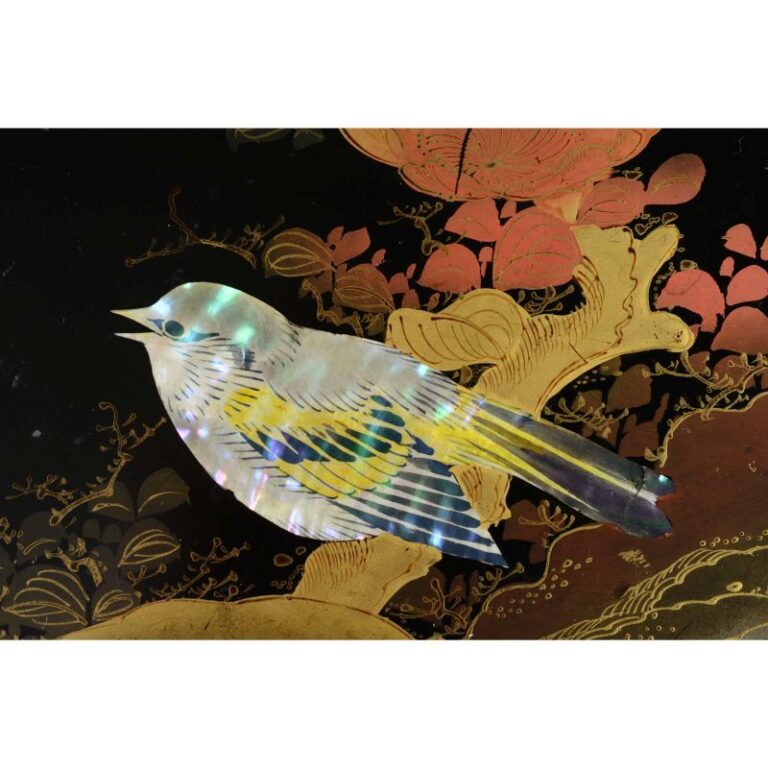

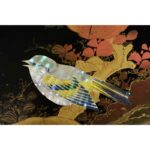

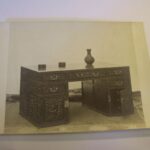
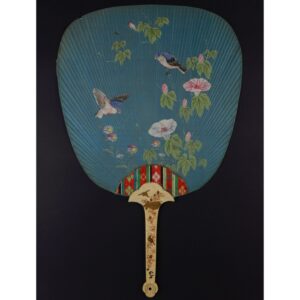











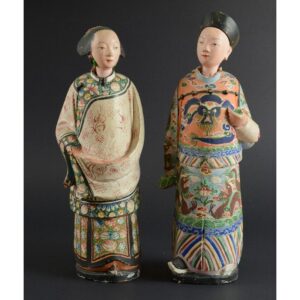

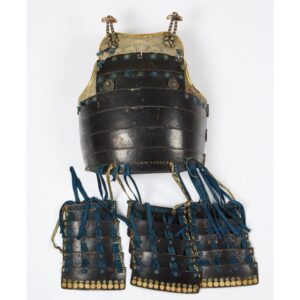




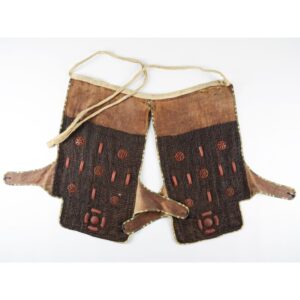










Do you have a comment or additional information about the subject?